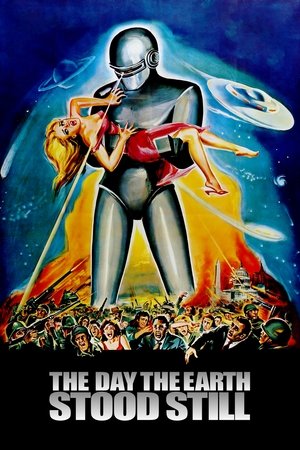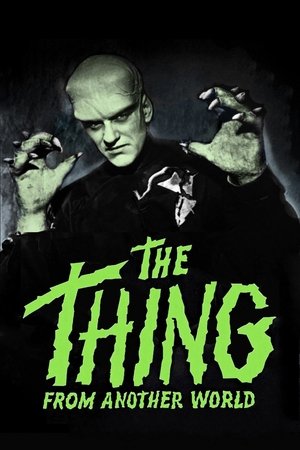A Streetcar Named Desire (1951)

| Director | Elia Kazan |
| Cast | Ann Dere, Buck Woods, Charles Wagenheim, Chester Jones, Dahn Ben Amotz |
| Year | 1951 |
| Country | USA |
| Genres | Drama, Thriller |
| Duration | 125 min |
| Release | 19 Sep 1951 |
| Language | English |
| Revenue | $8,000,000 |
| Trailer | Watch Trailer |
Synopsis
A disturbed, aging Southern belle moves in with her sister for solace — but being face-to-face with her brutish brother-in-law accelerates her downward spiral.
In the realm of classic cinema, few films have captured the raw intensity of human emotion quite like “A Streetcar Named Desire.” Released in 1951, this adaptation of Tennessee Williams’ Pulitzer Prize-winning play remains a masterpiece, offering viewers a gripping exploration of vulnerability, desire, and the intricate web of human relationships. With an impressive rating of 8.0 on IMDb, the film has etched itself as a timeless piece of art that continues to resonate with audiences across generations.
Set against the backdrop of a vibrant New Orleans, “A Streetcar Named Desire” tells the haunting tale of Blanche DuBois, a once-glamorous Southern belle whose precarious mental state is on the brink of collapse. Blanche, portrayed with remarkable depth by Vivien Leigh, seeks refuge at the modest home of her sister Stella and her brother-in-law, Stanley Kowalski. As Blanche attempts to come to terms with her fading youth and the harsh realities of her past, her presence sets off a tumultuous chain of events that threaten to unravel the fragile fabric of her existence.
The dynamic between Blanche and Stanley serves as the central tension of the narrative. Marlon Brando delivers a powerful performance as Stanley, embodying the raw, primal energy of a man unafraid to assert his dominance. His relationship with Stella, played by Kim Hunter, is equally complex, characterised by a volatile combination of passion and aggression that underscores the film’s exploration of power dynamics within intimate relationships. The film’s director, Elia Kazan, masterfully captures the claustrophobic atmosphere of the Kowalski apartment, intensifying the emotional stakes as Blanche’s mental state deteriorates.
“A Streetcar Named Desire” is not merely a story of personal downfall but also a poignant commentary on societal norms and the struggle for identity. Blanche’s descent into madness is mirrored by her desperate clinging to the vestiges of a Southern aristocracy that no longer holds sway in post-war America. Her interactions with Stanley expose the stark contrasts between the old world of genteel femininity and the new, more brutal reality embodied by Stanley’s working-class ethos.
The film’s genre, a compelling blend of drama and psychological thriller, keeps audiences on the edge of their seats. The screenplay, adapted by Tennessee Williams himself, retains the lyrical quality of the original play, while the performances of the cast breathe new life into the characters’ complex inner worlds. Kim Hunter’s portrayal of Stella provides a nuanced counterbalance to Blanche’s unraveling, capturing the internal conflict of a woman torn between familial loyalty and marital commitment.
For those interested in exploring the film further, a detailed overview is available at A Streetcar Named Desire (1951) This film remains a landmark in cinematic history, not only for its gripping storytelling but also for its groundbreaking approach to themes of mental illness and sexual politics. It challenges viewers to confront uncomfortable truths about the human condition, leaving an indelible mark long after the credits roll.
The legacy of “A Streetcar Named Desire” is cemented by its enduring influence on both stage and screen. The film introduced new levels of realism and emotional intensity to Hollywood, paving the way for future narratives that explore the darker aspects of human nature. Its impact is reflected in the numerous accolades it garnered, including four Academy Awards, a testament to the film’s artistic and cultural significance.
In conclusion, “A Streetcar Named Desire” remains a vital piece of cinema that transcends its era, offering a timeless exploration of the complexities of desire, identity, and human frailty. Through its unforgettable characters and compelling narrative, it invites audiences to reflect on the often tumultuous nature of human relationships and the haunting echoes of the past that shape our present.
















